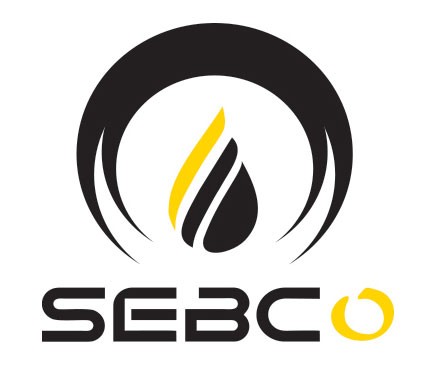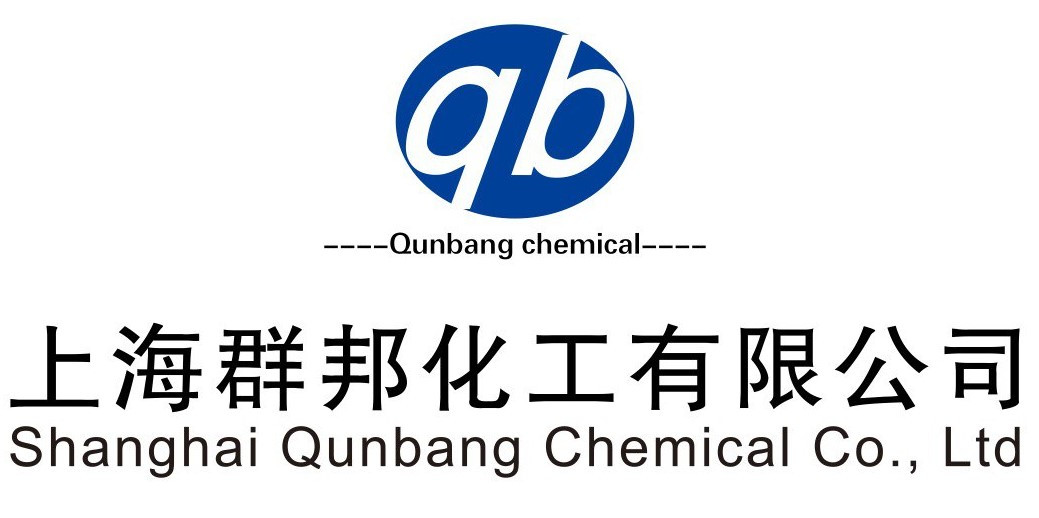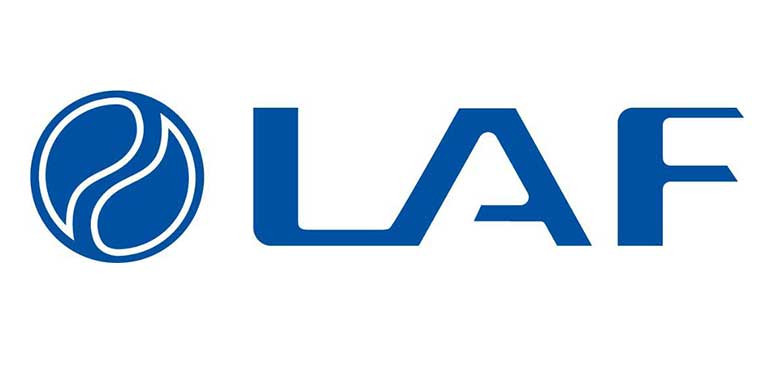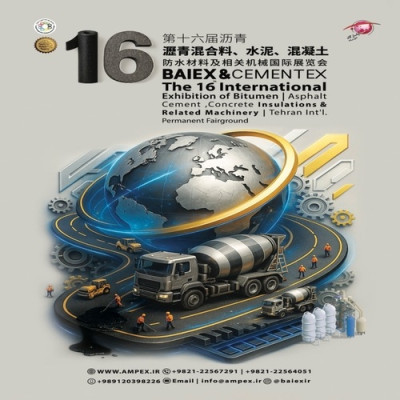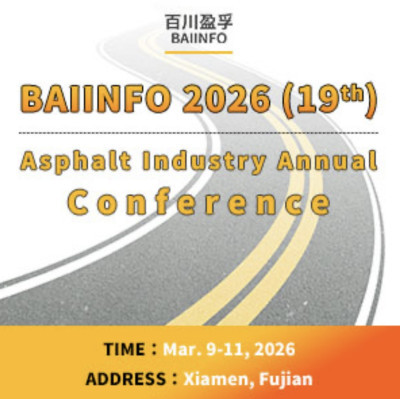Abstract
The increasing global emphasis on sustainable infrastructure has intensified the demand for environmentally resilient materials in road construction. Bitumen, a crucial binder in asphalt mixtures, has faced mounting challenges related to performance, durability, and environmental impact. Nanotechnology—an emerging field that manipulates matter at the molecular scale—offers promising solutions to these challenges. This review comprehensively explores the integration of nanotechnology into bituminous materials, highlighting advancements in mechanical performance, aging resistance, moisture susceptibility, and emission reduction. Additionally, it discusses current research trends, practical applications, and future prospects of nano-modified bitumen in fostering long-term sustainability in the pavement industry.
1. Introduction
In the wake of global environmental concerns and the pursuit of sustainable development goals (SDGs), the transportation and construction sectors have been under increasing pressure to adopt greener technologies. Bitumen, traditionally used as a binder in asphalt pavements, contributes significantly to greenhouse gas emissions and relies heavily on non-renewable resources. Moreover, conventional bituminous pavements often suffer from premature degradation due to traffic loads, temperature fluctuations, and oxidative aging.
Recent advances in nanotechnology present a transformative opportunity to overcome these limitations. By incorporating nanomaterials such as nano-clay, nano-silica, carbon nanotubes, graphene oxide, and nano-TiO₂ into bitumen, researchers have observed marked improvements in various performance attributes of asphalt mixtures. These enhancements include increased stiffness, better temperature susceptibility control, and enhanced resistance to fatigue, rutting, and moisture damage.
This article delves into the pivotal role of nanotechnology in revolutionizing bitumen performance and sustainability. It aims to provide an in-depth understanding of the mechanisms by which nanomaterials influence bituminous properties and to assess their viability for widespread implementation in sustainable infrastructure.
2. Types of Nanomaterials Used in Bitumen Modification
Nanomaterials are categorized based on their chemical structure, origin, and dimensional characteristics. In the context of bitumen modification, they are selected for their specific physical, chemical, and mechanical properties that influence the binder’s performance. Below is an overview of the most commonly used nanomaterials in asphalt technology:
2.1 Nano-clay
Nano-clays, particularly montmorillonite, have layered silicate structures that offer a large surface area and high aspect ratio. When dispersed uniformly in bitumen, nano-clays enhance stiffness, thermal stability, and resistance to aging. Their lamellar morphology can create a tortuous path for oxygen and water molecules, thus slowing down oxidative degradation and moisture penetration.
2.2 Nano-silica
Nano-silica, typically synthesized through sol-gel processes or extracted from industrial byproducts, is known for its high surface area and pozzolanic activity. It improves the viscoelastic properties of bitumen, reduces penetration depth, and enhances thermal resistance. Moreover, nano-silica can fill micro-voids in the bitumen matrix, reducing permeability and improving fatigue life.
2.3 Carbon Nanotubes (CNTs)
CNTs, including single-walled and multi-walled variants, possess exceptional tensile strength, electrical conductivity, and thermal stability. When incorporated into bitumen, they significantly enhance mechanical strength, elasticity, and rutting resistance. However, dispersion challenges and high costs limit their widespread use, although surface functionalization techniques have shown promise in addressing these issues.
2.4 Graphene and Graphene Oxide
Graphene derivatives are among the most promising nanomaterials for bitumen modification due to their unique two-dimensional structure and multifunctional properties. Graphene oxide (GO), in particular, improves stiffness, reduces temperature susceptibility, and provides excellent anti-aging performance due to its barrier properties and interaction with bituminous components.
2.5 Nano-Titanium Dioxide (TiO₂)
Nano-TiO₂ is widely used for its photocatalytic properties, which contribute to self-cleaning and NOx degradation in asphalt pavements. In addition to environmental benefits, nano-TiO₂ enhances UV resistance, surface reflectivity, and aging resistance of bitumen. Its integration is particularly relevant in urban areas seeking sustainable and smart infrastructure solutions.
2.6 Other Nanomaterials
Additional nanomaterials such as nano-zinc oxide (ZnO), nano-alumina (Al₂O₃), and nano-calcium carbonate (CaCO₃) have been studied for their roles in improving rheological properties, enhancing stiffness, and reducing oxidative aging. Their selection depends on project-specific performance targets, economic considerations, and environmental compatibility.
3. Effects of Nanomaterials on Bitumen Properties
The incorporation of nanomaterials into bitumen leads to significant improvements in its physical, chemical, and rheological properties. These enhancements directly translate into better performance, durability, and sustainability of asphalt pavements under diverse environmental and traffic conditions.
3.1 Rheological Improvements
Nanomaterials such as nano-clay and nano-silica improve the complex modulus and reduce phase angle in bitumen, indicating a stronger elastic response and enhanced resistance to deformation. These changes are particularly beneficial in resisting rutting at high temperatures and cracking at low temperatures. Dynamic Shear Rheometer (DSR) tests have shown that nanomodified binders exhibit superior performance grading compared to conventional ones.
3.2 Enhanced Thermal Stability
Nano-additives help maintain binder integrity across a wider temperature range. For instance, nano-silica and nano-TiO₂ increase the softening point and reduce temperature susceptibility, which ensures a more consistent performance in both hot and cold climates. This thermal resilience is critical for pavements exposed to extreme seasonal variations.
3.3 Improved Aging Resistance
Oxidative aging is a major factor in bitumen deterioration. Nanomaterials such as graphene oxide and nano-clay act as effective anti-aging agents by forming physical and chemical barriers that limit the penetration of oxygen and UV radiation. Long-term aging simulations (e.g., Rolling Thin Film Oven Test and Pressure Aging Vessel) reveal that nanomodified bitumen retains higher ductility and lower stiffness compared to unmodified binders.
3.4 Moisture Damage Resistance
Moisture sensitivity in asphalt mixtures often leads to stripping and loss of cohesion. Nanoparticles improve moisture resistance by enhancing the adhesion between bitumen and aggregate. The hydrophobic nature of certain nanomaterials (e.g., modified nano-silica) reduces water absorption, while their small size helps fill microvoids and create a denser matrix.
3.5 Improved Fatigue Life
Fatigue cracking occurs due to repeated loading over time. Nanomaterials increase the binder’s elasticity and flexibility, thereby reducing the likelihood of microcrack formation. Laboratory fatigue tests (e.g., Time Sweep, Four-Point Bending) show that nanomodified binders extend the service life of pavements by delaying crack propagation.
3.6 Enhanced Storage Stability and Workability
Some nanomaterials contribute to better compatibility between bitumen and other additives (e.g., polymers or recycled materials). This leads to improved storage stability, reduced phase separation, and better workability during mixing and compaction. For instance, nano-TiO₂ and CNTs enhance the dispersion of other modifiers within the binder.
4. Nanotechnology and Bitumen Sustainability
Nanotechnology not only improves the technical performance of bitumen but also plays a pivotal role in enhancing its environmental and economic sustainability. This alignment with sustainable development goals (SDGs) is particularly critical as the construction industry seeks greener and more durable infrastructure solutions.
4.1 Energy and Resource Efficiency
Nanomaterials can reduce the energy consumption associated with bitumen production and application. For example, warm mix asphalt technologies, which operate at lower temperatures, benefit from nanomaterial-enhanced binders that maintain performance despite reduced heat. This results in lower fuel use, decreased emissions, and improved worker safety.
Furthermore, the improved durability of nanomodified bitumen reduces the frequency of maintenance and rehabilitation, indirectly minimizing the consumption of natural resources and energy over the pavement’s lifecycle.
4.2 Reduction of Environmental Impact
The environmental footprint of asphalt pavements can be significantly lowered by using nanotechnology. Nanomaterials help reduce emissions during the production and laying of asphalt. Moreover, their ability to enhance the performance of recycled asphalt pavement (RAP) increases the use of reclaimed materials, thus diverting waste from landfills and reducing the demand for virgin aggregates and binders.
Some nanoparticles, such as nano-TiO₂, also exhibit photocatalytic properties, enabling the breakdown of pollutants (e.g., NOₓ and VOCs) from vehicle exhaust when used in surface layers. This adds an air-purifying function to pavements, contributing to better urban air quality.
4.3 Life Cycle Extension
Nanomodified bitumen typically exhibits improved resistance to rutting, fatigue, thermal cracking, and oxidation. These characteristics significantly extend the service life of pavements, reducing the need for frequent repairs or overlays. A longer pavement lifespan equates to fewer disruptions, lower lifecycle costs, and reduced environmental impact over time.
4.4 Compatibility with Bio-based and Recycled Materials
Nanotechnology can also facilitate the integration of eco-friendly additives like bio-asphalts and industrial by-products. The addition of nanoparticles improves the compatibility between bitumen and bio-based materials, ensuring performance is not compromised. This synergy supports circular economy principles and the development of low-carbon road construction techniques.
4.5 Economic Sustainability
Although the initial cost of nanomaterials may be higher, the long-term savings achieved through extended pavement life, lower maintenance needs, reduced energy consumption, and higher resource efficiency make nanotechnology a cost-effective investment. Life Cycle Cost Analysis (LCCA) models demonstrate favorable economic outcomes when nano-enhanced binders are employed in road infrastructure projects.
5. Case Studies and Practical Applications
The integration of nanotechnology in bitumen modification is not merely theoretical—it has been successfully implemented in various real-world applications across different regions. These case studies highlight the practical benefits, challenges, and outcomes of using nanomaterials in asphalt technologies.
5.1 Nano-clay in Indian Highways
India’s National Highway Authority conducted field trials using nano-clay-modified bitumen on stretches of high-traffic roads. The modified binder demonstrated enhanced rutting resistance and better thermal stability under high ambient temperatures. Over a two-year monitoring period, the pavement showed fewer surface distresses compared to conventional asphalt, validating the efficacy of nano-clay in hot and humid climates.
5.2 Nanosilica in European Cold Regions
In Scandinavian countries, where freeze–thaw cycles are a significant concern, nanosilica has been introduced to improve resistance against thermal cracking. The fine particle size and high surface area of nanosilica improve the elasticity and reduce stiffness of the bitumen, maintaining flexibility in sub-zero conditions. These modifications have resulted in fewer maintenance cycles and improved ride quality.
5.3 Carbon Nanotubes in the United States
Pilot projects in the U.S. have utilized carbon nanotube (CNT)-enhanced bitumen in heavy-load transportation corridors. These routes experienced substantial reductions in fatigue cracking and deformation due to the superior tensile strength and electrical conductivity of CNTs. Although cost remains a concern, the high-performance metrics observed have justified their use in critical infrastructure segments.
5.4 Photocatalytic Nanoparticles in Urban Settings
Several urban municipalities, including in Japan and the Netherlands, have deployed nano-TiO₂-based asphalt in pedestrian zones and parking lots. These materials provide self-cleaning properties and actively degrade air pollutants through photocatalysis. Monitoring data has shown measurable reductions in NOₓ concentrations around these surfaces, supporting their role in enhancing urban air quality.
5.5 Recycled Asphalt and Nanotechnology in China
In China, efforts to improve the performance of high RAP-content mixtures have involved the use of nanosilica and nano-ZnO. These nanoparticles improve the cohesion between aged and virgin binders and reduce oxidative hardening. This has enabled the successful construction of eco-efficient pavements with up to 50% RAP content, demonstrating both environmental and cost benefits.
6. Challenges, Limitations, and Future Prospects
While nanotechnology presents significant potential for transforming bitumen performance and sustainability, its widespread adoption faces several technical, economic, and regulatory challenges that must be addressed.
6.1 Economic Barriers
One of the primary concerns is the cost of nanomaterials, particularly carbon-based nanoparticles such as CNTs and graphene. Although they offer exceptional mechanical properties, their high production and processing costs limit their use to specialized applications. For more cost-effective adoption, scalable and affordable synthesis methods are needed.
6.2 Health and Safety Considerations
The toxicological profile of certain nanomaterials is not fully understood. Prolonged exposure to airborne nanoparticles during mixing or construction processes may pose respiratory hazards to workers. Rigorous health risk assessments and proper handling protocols must be developed and enforced.
6.3 Dispersion and Compatibility
Achieving uniform dispersion of nanoparticles in bitumen is a persistent technical challenge. Poor dispersion can lead to agglomeration, which negatively affects the material’s performance. Surface treatment of nanoparticles or the use of surfactants and compatibilizers can mitigate this issue, but adds complexity to the process.
6.4 Lack of Standardization
Currently, there is a lack of standardized testing procedures and specifications for nano-modified bitumen. This makes it difficult to compare results across studies or implement quality control measures in production. Industry-wide collaboration is needed to establish consensus-based guidelines and benchmarks.
6.5 Environmental Impact and Life Cycle Assessment
Although nanomaterials can enhance sustainability by extending pavement life and enabling higher RAP use, their full life cycle environmental impacts are not yet completely known. More research is required to evaluate potential nanoparticle leaching, persistence in ecosystems, and long-term ecological effects.
6.6 Future Directions
To fully harness the promise of nanotechnology, the following developments are essential:
• Green nanotechnology: Research into bio-based and biodegradable nanoparticles that can replace conventional options while minimizing environmental risks.
• Smart pavements: Integration of functional nanomaterials (e.g., piezoelectric, self-sensing, or self-healing) to enable intelligent road systems.
• AI-assisted material design: Use of artificial intelligence and machine learning to optimize formulations and predict long-term performance.
• Policy support: Government incentives and R&D funding to support the commercialization of nano-enhanced bitumen products.
7. Conclusion
Nanotechnology is emerging as a transformative force in the bitumen and asphalt industry, offering unprecedented opportunities to enhance the performance, durability, and sustainability of pavement materials. The integration of nanomaterials—such as nano-silica, nanoclays, carbon nanotubes, and graphene—into bitumen can significantly improve mechanical, thermal, and aging resistance properties, while simultaneously contributing to environmental sustainability goals through reduced energy consumption and enhanced recyclability.
Despite these advantages, several technical and non-technical barriers must be overcome before widespread implementation becomes feasible. These include high production costs, safety concerns, dispersion difficulties, and a lack of regulatory standards. Nonetheless, the ongoing advancement of material science, coupled with growing support from governmental and industrial stakeholders, signals a promising future.
For countries seeking to modernize their infrastructure and reduce the carbon footprint of road construction, nano-engineered bitumen offers a compelling solution. Continued interdisciplinary research and collaboration between academia, industry, and policymakers will be essential to translate laboratory innovations into scalable, real-world applications.
In conclusion, nanotechnology does not merely represent a marginal improvement to traditional bitumen—it has the potential to redefine how we design and build the roads of tomorrow.
By Bitumenmag




